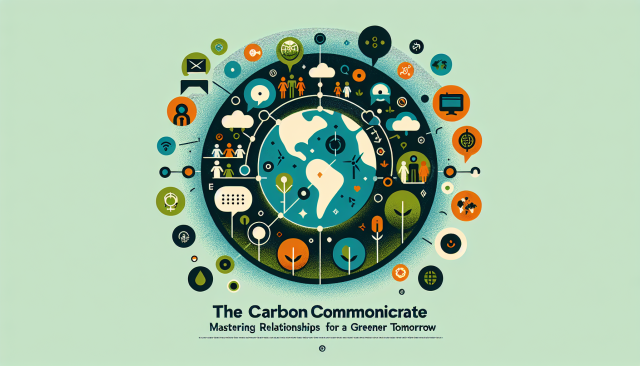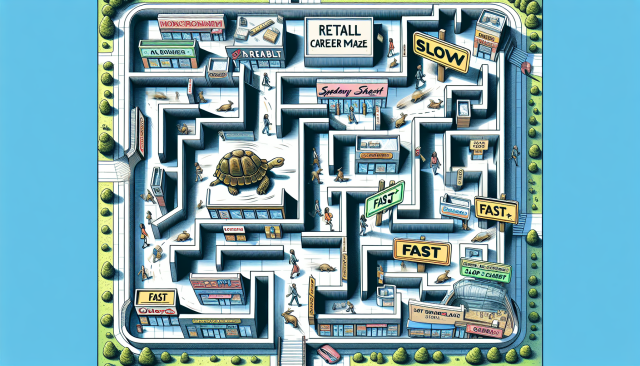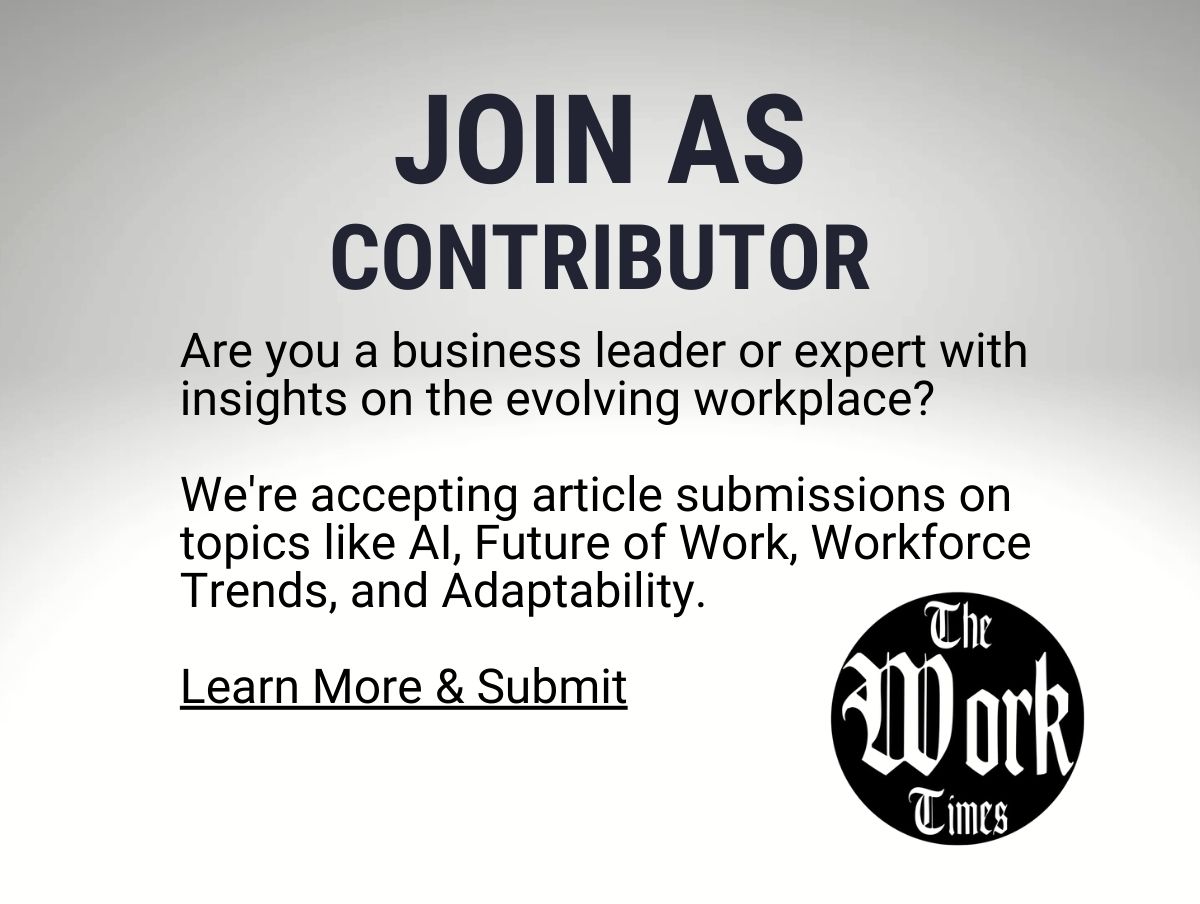The Carbon Communiqu: Mastering Relationships for a Greener Tomorrow
The Carbon Communiqu: Mastering Relationships for a Greener Tomorrow
In the rapidly evolving world of sustainability, the power of communication and relationships cannot be overstated. For carbon and green professionals, who are at the vanguard of combating climate change, the ability to communicate effectively and cultivate strong relationships is not just ancillary it is essential. This blog explores the intricacies of communication strategies and relationship-building tailored for those in the carbon and green sectors, offering a playbook for success that is as integral to your work as the policies and technologies you advocate.
The Intersection of Communication and Sustainability
The work of carbon and green professionals often involves translating complex scientific data into actionable insights for a variety of audiences from policymakers and corporate leaders to communities and the general public. The challenge lies in not only making this information understandable but also compelling enough to drive action. The core of effective communication in this space rests on three pillars: clarity, empathy, and persistence.
Clarity is paramount. Whether you’re presenting to a boardroom or conducting a community workshop, your message must be clear and concise. Avoid jargon where possible and use analogies that resonate with your audience’s everyday experiences.
Empathy ensures that communication is not a one-way street. By listening actively and understanding the concerns and motivations of your stakeholders, you can tailor your messages in ways that align with their values and priorities. This empathy fosters trust and collaboration.
Persistence is the glue that binds. Change in the environmental sector can be slow, hindered by economics, politics, and entrenched behavioral patterns. Persistently echoing your message reinforces its importance and keeps it at the forefront of public discourse.
Cultivating Strategic Relationships
Building strategic relationships is akin to assembling an ecosystem each member contributes unique strengths and resources. For carbon professionals, these relationships span across interdisciplinary fields including science, business, politics, and grassroots activism. Heres how to foster these connections:
1. Interdisciplinary Collaboration
The issues you face are multifaceted and require solutions that draw from multiple disciplines. Cultivate partnerships beyond your immediate domain. Scientists need policy experts, who need corporate partners, who in turn can benefit from community insights. These symbiotic relationships create a more holistic approach to problem-solving.
2. Networking with Purpose
Join networks and professional groups that align with your mission. Engage in forums, webinars, and conferences not just for knowledge sharing, but for opportunity creation. Consider organizations like the Carbon Trust or the GreenBiz Group as potential hubs of activity and innovation.
3. Advocacy and Influence
As a green professional, your role as an advocate is key. With solid relationships, you can influence decision-makers and steer conversations towards sustainable policies and practices. Foster relationships with media personnel who can amplify your message and with influencers who can sway public opinion.
4. Mentor and Be Mentored
The sustainability sector thrives on shared knowledge and experience. Find a mentor who can offer guidance and insights, and equally, offer mentorship to newcomers in the field. This exchange of wisdom not only strengthens personal networks but also ensures the continuous growth and evolution of the sector.
Conclusion: The Green Horizon
For the carbon and green professionals community, mastering communication and relationships is vital. The complexity of environmental challenges requires clear, empathetic communication and robust, strategic relationships. As we forge ahead, remember that every conversation you hold and every relationship you nurture is a step towards a sustainable future a testament to your commitment and vision for a greener tomorrow. Let this playbook be your guide as you advance in your noble mission.
To stay updated on the latest developments and to connect with fellow practitioners, consider subscribing to platforms like The New York Times Climate Section or Wired’s Ideas Section for ongoing inspiration and insight.































